
8 Facts About John Dillinger
John Dillinger's life is a whirlwind of crime, daring escapes, and notorious deeds that have etched his name into American history. Known as one of the most infamous gangsters of the 1930s, Dillinger's exploits go beyond the bank heists and shootouts that filled headlines. Beneath the surface of his legendary criminal career lie fascinating and lesser-known details that paint a fuller picture of the man behind the myth. From his cunning jailbreaks and strategic alliances to his romantic entanglements and the enduring mystery surrounding his death, these intriguing facets of Dillinger's life reveal the complex and captivating nature of America's most notorious outlaw.
1. The Great Escape With a Wooden Gun
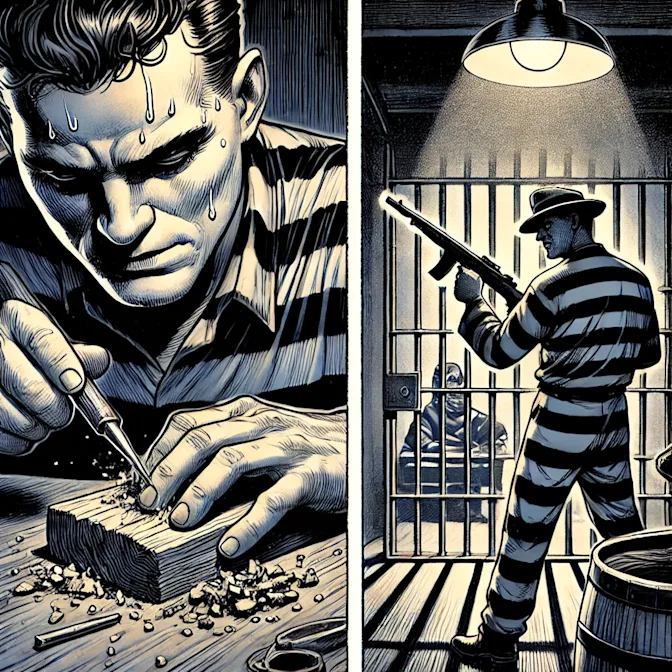
One of Dillinger's most audacious feats was his escape from the Crown Point, Indiana jail in 1934. While awaiting trial for the murder of a police officer, Dillinger fashioned a gun out of wood, blackened it with shoe polish, and used it to bluff his way out. This bold move embarrassed law enforcement and cemented his status as a cunning criminal mastermind.
2. Robin Hood Image
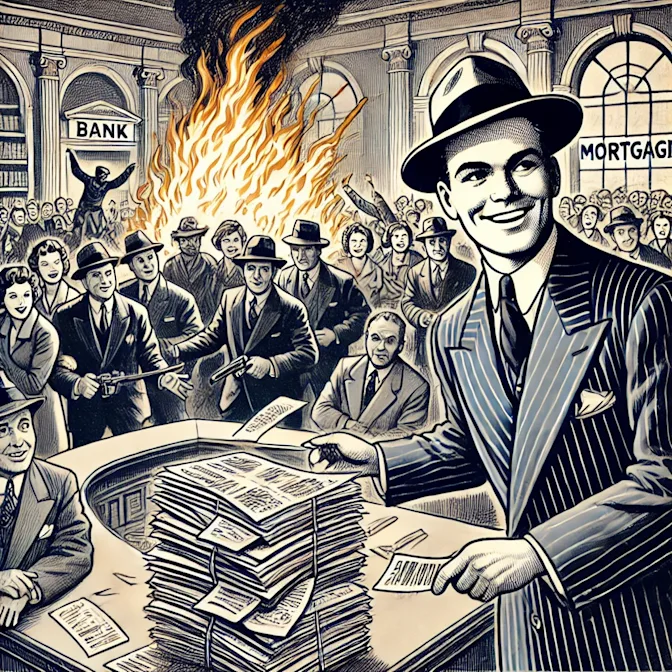
During the Great Depression, many Americans viewed banks as oppressive institutions. Dillinger's bank robberies, in which he was known to destroy mortgage records, endeared him to the public, who saw him as a modern-day Robin Hood. While he didn't distribute his loot to the poor, this image persisted, partly fueled by the media and public sentiment.
3. The "Lady in Red"
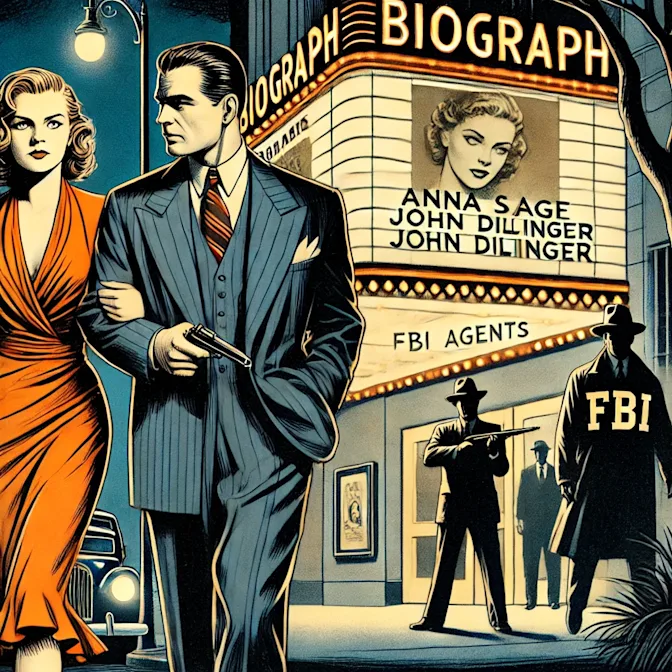
Dillinger's downfall was partly due to Anna Sage, a Romanian immigrant and brothel owner. Facing deportation, she struck a deal with the FBI to betray Dillinger in exchange for leniency. On July 22, 1934, she wore an orange dress (which appeared red under theater lights), leading agents to Dillinger outside the Biograph Theater in Chicago, where he was fatally shot.
4. Plastic Surgery
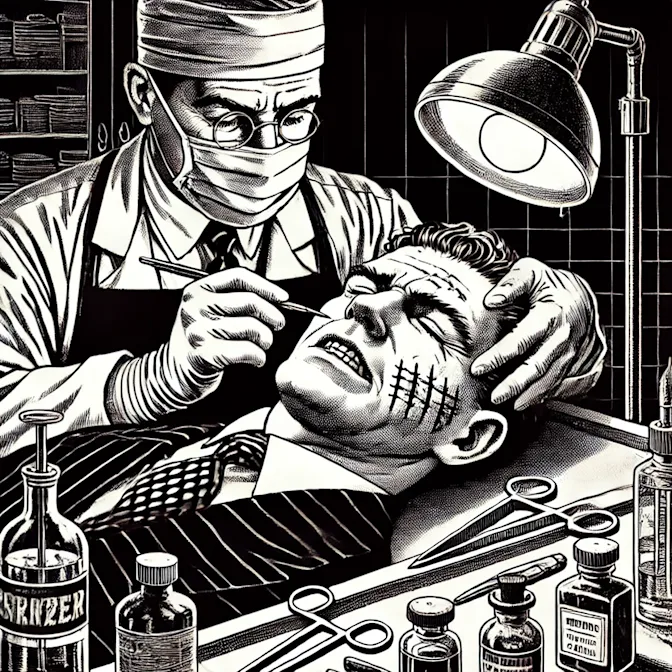
In an attempt to evade capture, Dillinger underwent plastic surgery to alter his appearance. He had his fingerprints removed and his face modified, including a nose job and the removal of moles and scars. Despite these efforts, he remained recognizable, and his new look didn't prevent his eventual capture and death.
5. Gangland Ties
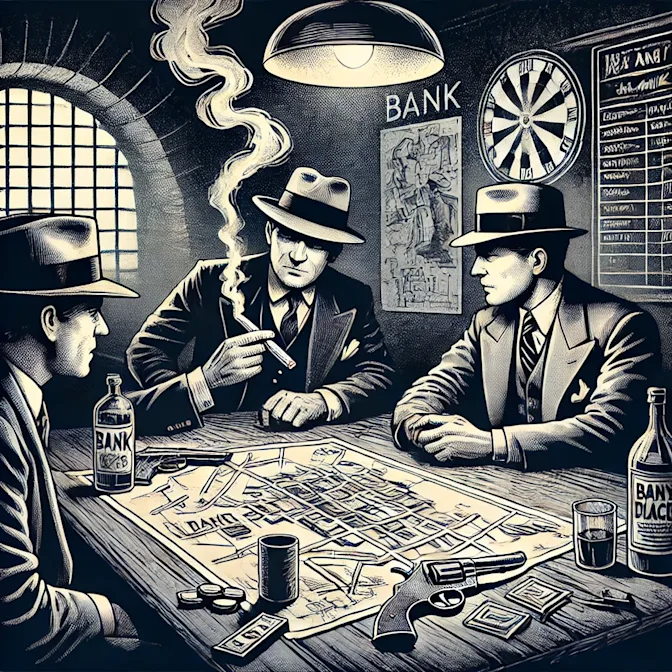
Dillinger wasn't just a solo act; he was deeply embedded in the criminal underworld. He formed alliances with notorious criminals like "Baby Face" Nelson and "Pretty Boy" Floyd. These partnerships made his gang one of the most formidable of the era, capable of pulling off highly organized and violent bank robberies.
6. Jailhouse Romance
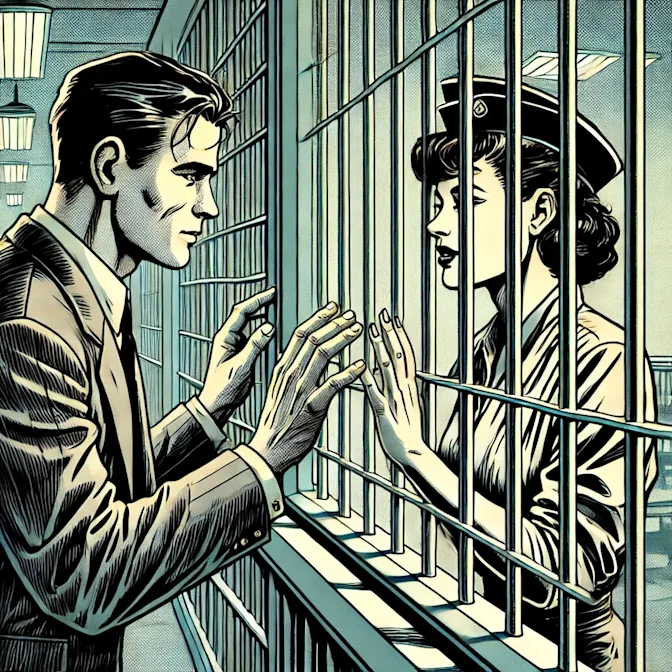
Dillinger's charisma extended to his personal life. While incarcerated, he became romantically involved with several women, including Billie Frechette, a waitress who later became his girlfriend and accomplice. Their relationship was both passionate and tumultuous, adding a romantic subplot to his criminal career.
7. Legend of His Death Mask
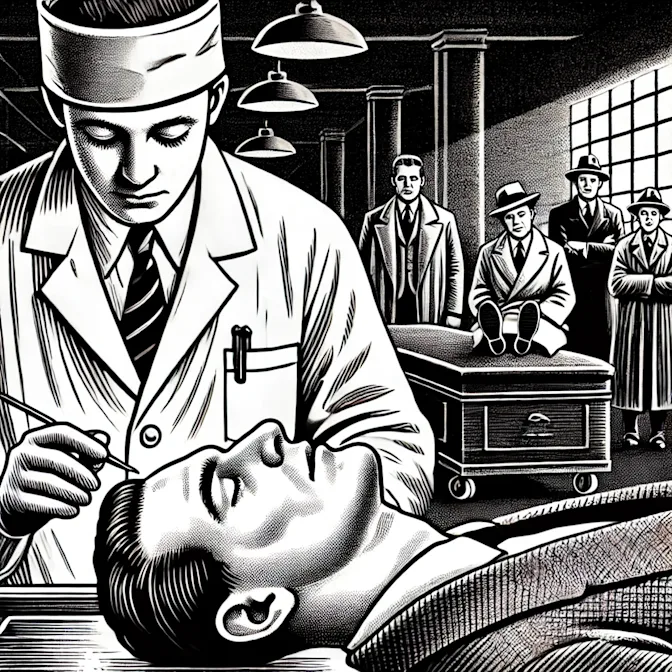
After his death, Dillinger's body was put on public display, and a death mask was created. This plaster cast of his face became a macabre souvenir and a piece of criminal lore. Death masks were a common practice at the time, but Dillinger's became particularly infamous due to his notoriety.
8. Controversial Burial
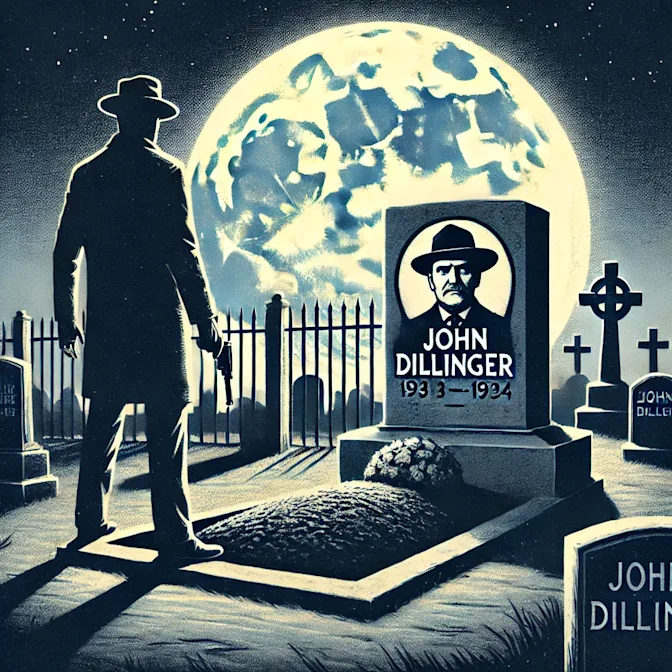
Dillinger's burial at Crown Hill Cemetery in Indianapolis has its own peculiarities. His grave was encased in concrete to prevent grave robbing, a testament to his lasting infamy. Despite these measures, rumors persist that his body may not actually be in the grave, fueling conspiracy theories about his fate.
John Dillinger's life and death are shrouded in mystery and intrigue, making him a captivating figure in American history. These lesser-known facts highlight the complexities and contradictions of a man who was both a criminal and a folk hero.
References: FBI: John Dillinger | Biogrophy.com: John Dillinger | John Dillinger- Fingerprint Obliteration | The Truth Aabout John Dillinger's Plastic Surgery | The Life and Death of Pretty Boy Floyd | John Dillinger: The Robin Hood of the Great Depression | John Dillinger's Body to Be Exhumed From His Concrete-Fortified Grave | Sifakis, Carl. The Encyclopedia of American Crime. New York, Facts on File, 1981.























